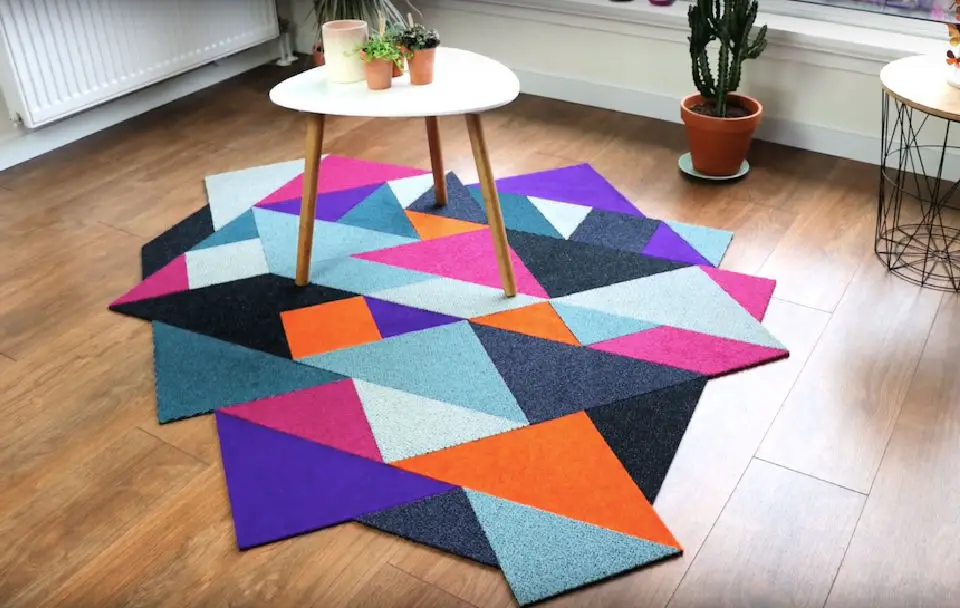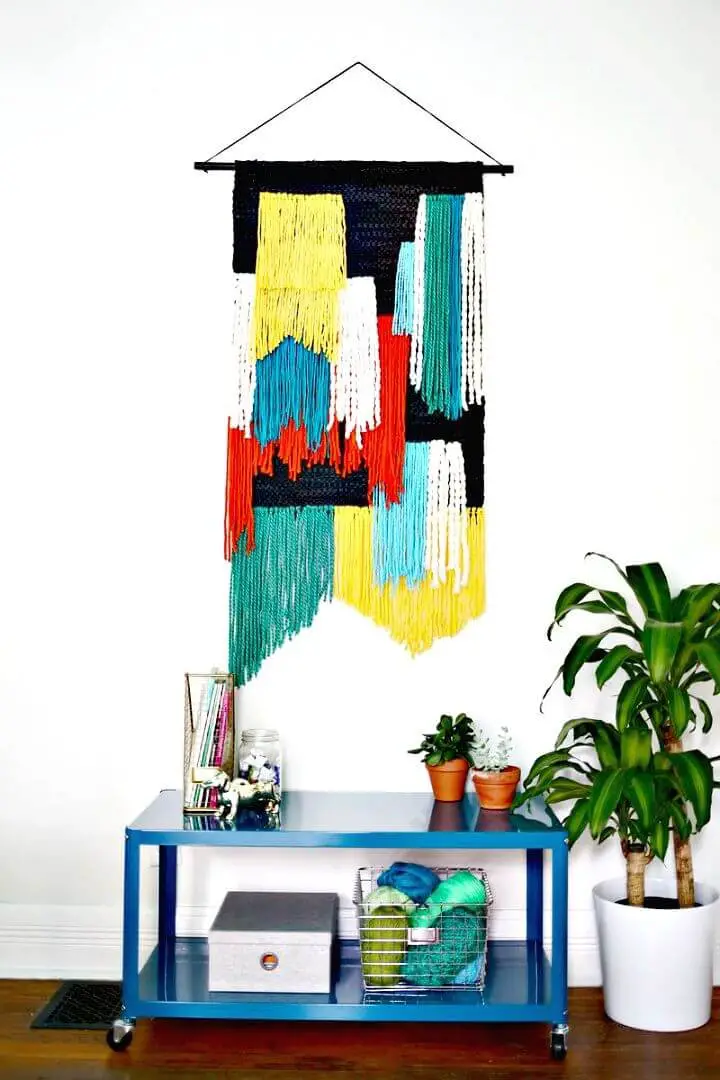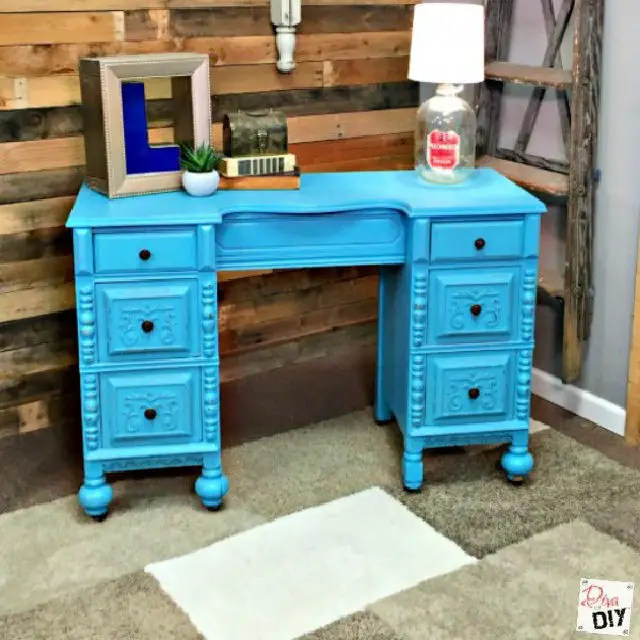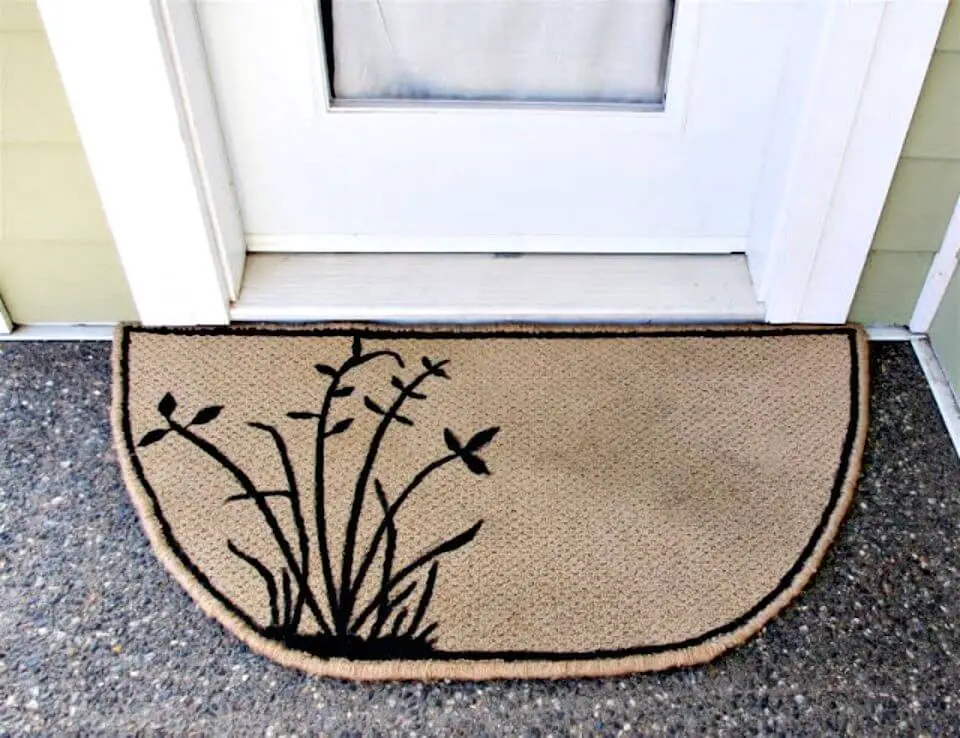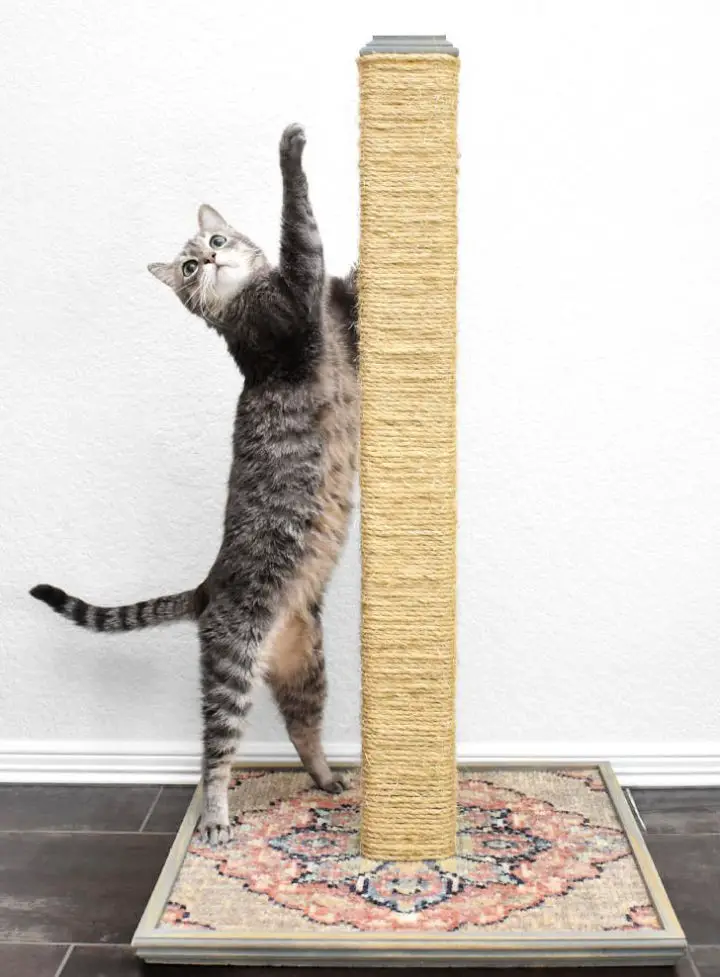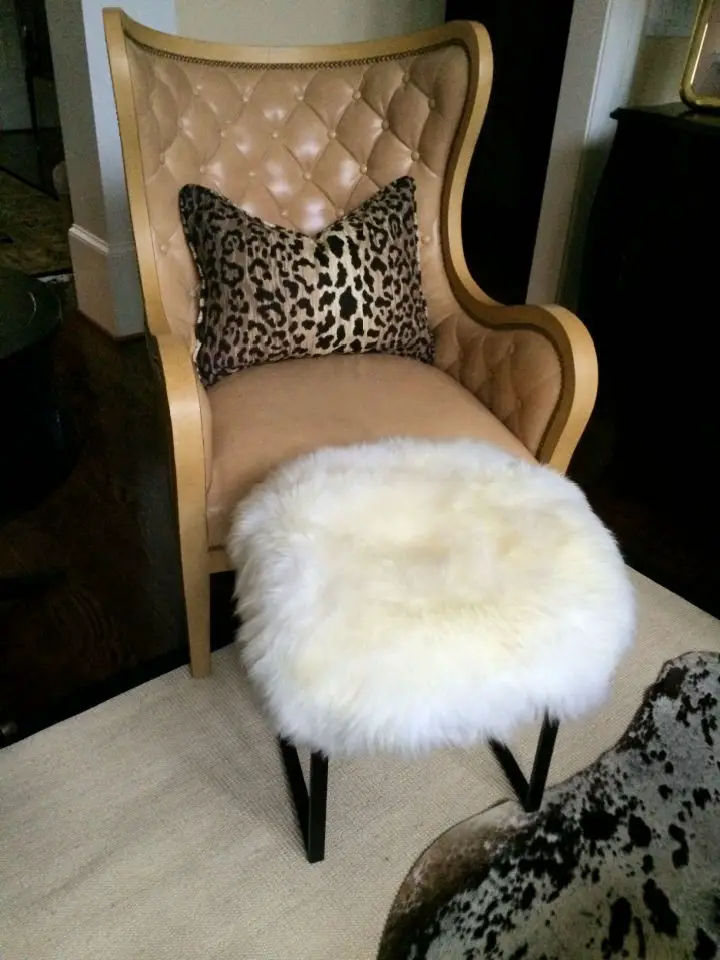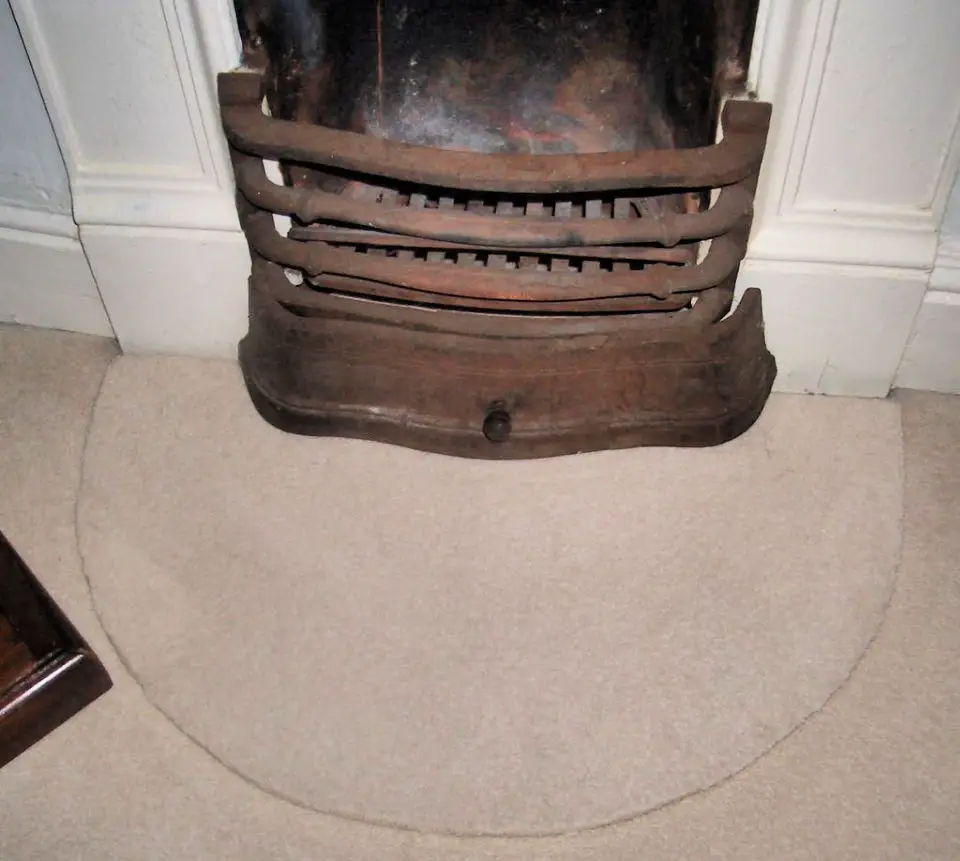
Are leftover carpet remnants from your latest remodel or installation taking over your space? Rather than letting them accumulate clutter or contribute to landfill waste, why not give old carpet a new lease on life through creative recycling? With our comprehensive guide, you’ll discover 15 practical and decorative ideas that can transform these scraps into useful items for your home. Our projects cater to various skill levels, empowering you to make the most of every last piece of carpet. As we walk you through the process, from recognizing the benefits of recycling to selecting the perfect project, our goal is to simplify the experience while ensuring a functional and stylish outcome.
Why Recycle Carpet Remnants?
When it comes to carpet remnants, many of us overlook the potential benefits they can bring. By exploring the advantages of recycling these remnants, we can uncover a treasure trove of eco-friendly, cost-effective, and creative opportunities. Firstly, recycling carpet remnants offers an unparalleled way to save money. With prices for new carpets or rugs often being prohibitively expensive, utilizing remnants allows you to give your space a makeover at a fraction of the cost. This not only benefits your wallet but also reduces the environmental impact associated with producing and disposing of new materials.Moreover, recycling carpet remnants is crucial for minimizing waste and reducing the staggering amount of millions of pounds of carpet waste that end up in landfills every year. By choosing to recycle, you’re making a tangible contribution towards a cleaner, greener environment.In addition to its eco-friendly credentials, recycling carpet remnants offers unparalleled customization opportunities. With the flexibility to create pieces tailored to your exact specifications and design preferences, you can breathe new life into your home decor without breaking the bank.Furthermore, carpet remnants are an ideal solution for high-traffic areas or under pet bowls. They provide efficient floor protection and are easy to replace when needed.Beyond their practical applications, recycling carpet remnants also presents a creative outlet for those who enjoy DIY projects. Engaging in these endeavors allows you to express your creativity, personalize your home decor, and develop new skills in the process.Finally, recycling carpet remnants can be an excellent bonding activity, providing a fun way to spend time with family or friends while working together to create something unique for your home. In conclusion, when considering the benefits of recycling carpet remnants, it’s clear that this approach is not just a cost-effective and environmentally friendly choice but also an opportunity for creativity, learning, and bonding.
How to Get Started with Recycling Carpet Remnants
Transforming carpet remnants into something new and innovative is not only an environmentally conscious decision, but also a cost-effective way to unleash your creativity. By repurposing these discarded materials, you can create a one-of-a-kind area rug, a cozy cat tree, or even a striking wall hanging. As you embark on this recycling journey, here’s a step-by-step guide to help you get started:
Understand the Benefits
Recycling carpet remnants is an innovative approach that offers numerous benefits, starting with its significant contribution to reducing landfill waste. By choosing this eco-friendly option, you’ll not only be minimizing your environmental footprint but also enjoying the cost-effective advantage of using pre-existing materials. Additionally, recycling carpet remnants provides a unique opportunity to customize creations that perfectly match your home’s aesthetic, making it an engaging experience for both personal and social activities.
Gather Your Materials
To embark on this creative journey, gather the following essential supplies:
* Carpet remnants: Scour your own home renovation projects, local stores, or friends’ homes for leftover pieces.
* Tools: Depending on your project’s complexity, you may require scissors, a tape measure, a utility knife, and a staple gun.
* Inspiration: Foster creativity by having an idea of what you want to make. Draw from online platforms, magazines, or anywhere else that sparks imagination.
Choose Your Project
For those just starting out with DIY projects, it’s best to begin with something straightforward and enjoyable. Three beginner-friendly ideas that fit the bill are creating door mats, building cat scratching posts, and crafting coasters. These projects require minimal expertise and offer a sense of accomplishment once completed.
Preparation is Key
When embarking on a DIY adventure, it’s essential to adopt a meticulous approach from the outset. The phrase ‘measure twice, cut once’ is more than just a quaint expression – it’s a guiding principle for ensuring accurate results. Before making any cuts or modifications, take the time to double-check your measurements to avoid costly mistakes or wasted materials.
In addition to precise measuring, another crucial step is to thoroughly clean and prepare the remnants of your previous project. This may involve scrubbing away dirt, grime, or old adhesives to create a smooth canvas for your new creation. By taking this extra step, you’ll be able to start fresh with confidence, knowing that your project is off to a solid foundation.
Get Crafting
As you embark on your creative journey, take a moment to savor each step. Instead of rushing headlong into production, break down the process into manageable chunks. This approach will not only ensure a higher quality final product but also allow you to genuinely enjoy the creation process. When tackling projects like stair runners or area rugs, for instance: Start by visualizing your design and bringing it to life on paper. Measure and cut individual components as needed, taking care to accurately size each piece. Finally, employ a suitable joining technique – whether that’s sewing, adhesive, or something else entirely – to securely fasten your pieces together and bring your vision to fruition.
Final Touches
As you near the completion of your project, a few finishing touches can make all the difference. This might entail tidying up any stray threads or frayed edges to give your creation a polished appearance. Additionally, consider adding backing or grip strips to rugs and mats to prevent slipping and ensure stability. Finally, don’t forget about personalizing your project with decorative elements that reflect your unique style and vision.
Enjoy and Share
As you stand back and admire the culmination of your hard work, take a moment to savor the sense of accomplishment that comes with bringing a project to life. Your finished product is not only a testament to your creativity and perseverance but also a potential catalyst for others to embark on their own recycling journeys. Why not share your success story and inspire others to join you in making a positive impact on the environment?
Remember
As you embark on the creative journey of recycling carpet remnants, you’re not only making a positive impact on the environment but also infusing your home with a touch of uniqueness. It’s a process that requires patience and perseverance, much like any new skill. With each attempt, you’ll refine your approach and develop a sense of accomplishment. The path to becoming a master remnant recycler may not be linear, but with time and practice, the results will be well worth the effort.
Frequently Asked Questions about Carpet Remnants
Individuals seeking creative and eco-friendly ways to repurpose carpet remnants are often met with uncertainty. To address this, we’ve gathered some of the most frequently asked questions related to recycling or reusing leftover carpet materials.
What are carpet remnants?
Carpet remnants, the oft-overlooked byproduct of a freshly installed floor, hold secrets to upcycling and creative expression. What was once discarded as mere waste, can now become a statement piece or functional item in your home. These leftover strips of carpet can be repurposed into a plethora of innovative solutions, from decorative accents to practical accessories.
Can I really make useful items out of carpet remnants?
With carpet remnants, the creative possibilities are truly limitless. Not only can they be transformed into practical items like area rugs and stair runners, but they can also be repurposed into unique decorative pieces such as cat scratching posts, doormats, and even wall hangings. With a little imagination, you can create custom items that seamlessly blend with your home’s aesthetic, making the most of what would otherwise be discarded material.
How do I get started with a carpet remnant project?
To embark on a DIY carpet remnant project, begin by assessing the quantity and size of your available remnants. Next, select a project that aligns with your goals and skill level. Assemble the required tools and materials for your chosen venture. Subsequently, follow a logical sequence of steps to bring your creation to life. For added guidance, numerous online resources, including DIY guides and tutorials, can provide valuable support throughout the process.
Where can I find carpet remnants?
When scouring for carpet remnants, start by visiting local carpeting stores, where you may find discounted rolls of leftover carpeting material. Another viable option is to reach out to local installation professionals, as they often have excess materials from completed projects. Furthermore, don’t underestimate the power of word-of-mouth – friends and family who have recently undergone a carpet replacement might be willing to part with their leftover remnants, potentially saving you money on your own flooring project.
Is it necessary to have crafting or DIY experience to work with carpet remnants?
While the idea of working with carpet remnants might seem intimidating, it’s actually accessible to anyone, regardless of their crafting or DIY experience. The beauty lies in the variety of projects available, catering to all skill levels. From simple, beginner-friendly tasks like creating coasters or doormats to more complex endeavors such as crafting area rugs or upholstering furniture, there’s something for everyone. Beginning with a straightforward project can be an excellent way to build your confidence and develop your skills.
Can carpet remnants be used outdoors?
When it comes to using carpet remnants outside, synthetic fibers can be a good option. They can be transformed into outdoor rugs, welcome mats, or even coasters for your garden furniture. Nevertheless, it’s crucial to select remnants that are designed for outdoor use, as this will ensure they can withstand the elements and maintain their integrity.
How do I take care of items made from carpet remnants?
To maintain the condition of items crafted from recycled carpet remnants, adopt a similar approach to that used for regular carpets. This involves routine vacuuming to remove dirt and debris, prompt spot cleaning of stains with a suitable cleaner, and, in the case of larger pieces like rugs, considering professional deep cleaning every few years to preserve their appearance. By doing so, you’ll be able to enjoy your unique creations for a longer period. When it comes to incorporating recycled carpet remnants into your home decor, not only are you promoting sustainability by reducing waste, but also adding a personal touch that reflects your personality. So, don’t be afraid to think outside the box and start your own creative project today!
What to Do with Leftover Carpet: 15 Carpet Remnant Ideas
Transforming leftover carpet into creative and useful items can be a fantastic way to reduce waste and add personality to your space. With over 15 innovative ideas, you’ll discover new ways to repurpose your excess carpet for DIY projects, home decor, and more. Let’s explore the endless possibilities!
How to Install a Stair Carpet Runner
To elevate the safety and visual appeal of your stairs, consider embarking on a DIY stair runner project. Our comprehensive guide will lead you through selecting the ideal materials, taking precise measurements, and executing the installation process for a seamless, professional finish that adds warmth and charm to your home’s interior. By following our step-by-step instructions and practical advice, homeowners can confidently create a cozy and inviting atmosphere on their staircase, while also ensuring the safety of family members and pets.
Making a Carpet Cat Scratching Post
Transform your living space into a feline haven by crafting a DIY cat scratching post with ease. Dunn DIY’s straightforward instructions will guide you through the process, ensuring a sturdy and satisfying scratch pad for your cat to revel in. From pinpointing the center of your plywood to carefully cutting and attaching the carpet, each step is designed for clarity and practicality. With minimal tools and materials, you’ll create a durable post that your cat will adore, while adding a touch of homemade charm to their playtime. To guarantee safety, remember to keep screws flush and utilize a miter saw for precise cuts. Get ready to build a purr-fectly crafted scratching post for your feline friend!
Modular Tangram Rug Using Carpet Tiles
Embark on a creative journey by transforming leftover carpet tiles into a captivating modular carpet inspired by the classic puzzle game, Tangram. This budget-friendly DIY project is perfect for upcycling enthusiasts and hands-on crafters. With our comprehensive step-by-step guide, you’ll be able to create a one-of-a-kind piece that seamlessly blends form and function in your home. As you explore the realm of repurposing and upcycling, discover new design possibilities and infuse your living space with an eco-friendly twist.
Large DIY Tapestry Wall Hanging
With A Beautiful Mess’ simple and intuitive guide, creating a stunning tapestry wall hanging has never been easier. Inspired by Laura Gummerman’s innovative approach, you can now produce a masterpiece without devoting countless hours to traditional weaving methods. By leveraging pre-woven rugs as a foundation, you’ll be able to incorporate vibrant yarns using an effortless knotting technique. This minimal-supplies and straightforward process makes it an ideal weekend project for crafting enthusiasts. As you transform your space with a one-of-a-kind statement piece, you’ll also enjoy the therapeutic benefits of this relaxing and rewarding experience.
Easy Carpet Sample Area Rug On a Budget
Transforming carpet remnants into a stylish area rug on a budget is a clever DIY project that’s perfect for kids’ rooms or dorm living spaces. With Diva of DIY’s straightforward guide, you’ll learn how to create a one-of-a-kind rug that combines functionality with visual appeal.
The process begins with arranging the carpet samples in a visually pleasing design, followed by carefully cutting off any binding edges to ensure a seamless fit. Once prepared, the pieces are taped together to form a cohesive whole, allowing for easy replacement of stained or damaged areas.
This budget-friendly project is more than just a creative outlet – it’s also an opportunity to add personality and warmth to any room on a shoestring budget.
DIY Outdoor Carpet Coaster
Revitalize your living spaces by crafting custom indoor/outdoor carpet coasters, a clever DIY project that seamlessly blends functionality and style. With minimal effort, you can create durable coasters that safeguard your surfaces while adding a personal touch to your home decor. Using just a piece of indoor/outdoor carpet, a mug for tracing, a pen, and scissors, follow Erin’s straightforward steps to craft these versatile coasters. Perfect for hosting gatherings or enjoying quiet moments indoors or outdoors, these coasters can be further elevated with paint for an injection of color. Ready to create something both useful and chic? Gather your materials and embark on this effortless DIY adventure today.
Homemade Carpet Scrap Door Mat
Transforming old carpet scraps into stylish doormats is an innovative way to breathe new life into discarded materials. This eco-friendly project requires just a few simple steps, starting with a thorough cleaning of the carpet using a washing machine and vacuum cleaner. Next, use an exacto knife and scissors to cut the carpet into your desired shape. For added flair, apply latex paint in vibrant colors and add your personal touch through artistic embellishments. Finally, complete the mat by sewing a jute-finished edge. Not only is this DIY endeavor environmentally responsible, but it also presents a unique opportunity to infuse your home décor with personality. With these straightforward steps, you can revitalize your space with an upcycled doormat that’s both functional and visually appealing.
DIY Sisal and Carpet Cat Tree
Get ready to create a bespoke haven for your feline companion with this easy-to-follow guide. By measuring the space from floor to ceiling, you’ll be able to construct a sturdy framework using PVC pipe, which will serve as the backbone of your cat’s new retreat. Wrap the pipe securely with rope, allowing your cat to indulge in some satisfying scratching. Next, attach angle brackets to provide support for charming wicker baskets, creating multiple levels for your cat to explore and play on. To ensure stability and safety, anchor wooden discs to both the floor and ceiling, giving you the peace of mind that your cat’s new jungle gym is secure and ready for use. With clear instructions and practical tips, this project promises to be an engaging and rewarding experience that will delight both you and your feline friend.
Building a Portable Saddle Rack

Transforming scrap materials into functional treasures is an art form, especially when it comes to creating a portable saddle rack for equestrians on-the-go. By repurposing landscaping timbers and leftover carpet remnants, you can craft a secure, soft surface that cradles your prized saddle with ease. With basic tools like a staple gun, hooks, and screws, you’ll be able to fashion a sturdy rack that effortlessly attaches and lies flat when not in use. This ingenious project is perfect for outdoor enthusiasts seeking convenience and organization, as well as those looking to add functional charm to their tack room. Not only does it provide a cost-effective solution, but it also breathes new life into materials you might have otherwise discarded. So why not get creative and give your saddle a new, portable home that’s tailored to your unique needs?
DIY Cat Scratching Post
Transform your home into a feline paradise by creating a DIY cat scratching post that combines functionality and flair. With just a few simple components, including a solid base, a wooden or PVC pole, and some sisal rope or carpet scraps for wrapping, you can build a unique and inviting structure that meets your cat’s natural scratching needs while protecting your furniture from damage.
By taking on this fun and accessible project, you’ll not only be providing your cat with a healthy outlet for their instincts but also showcasing your creative side. Customize the design to match your personal style by selecting colors and materials that reflect your home’s aesthetic, and get ready to witness your kitty’s joy as they revel in their new scratching haven.
Make an Area Rug Out of Remnant Carpet
Transforming remnant carpet into an area rug is a clever way to infuse comfort and style into your space without incurring significant expenses. The guide, penned by Jordan Page of Fun Cheap or Free, provides a step-by-step walkthrough on how to turn surplus carpet into a stylish and substantial rug. Prior to making a purchase, it’s crucial to take precise measurements, as remnants are often final sale items. Transportation is also a vital consideration; ensure you have a suitable vehicle for transporting the carpet roll. While binding the edges is essential for a polished look and to prevent fraying, it’s worth noting that professional binding can offer added durability and a cleaner finish, although at a potentially higher cost. Research local carpet binders and compare prices before making a decision. This practical guide makes the DIY rug process accessible, enjoyable, and ultimately yields a custom piece tailored to your home’s unique aesthetic.
Fabulous DIY Furry Stool
Turn any ordinary space into a cozy retreat by upcycling a humble stool with luxurious faux fur. Start by selecting a sturdy stool that fits your desired height and style, then opt for high-quality faux fur that’s both soft to the touch and complements your interior design. Cut the fur to size, allowing for some extra to wrap around the stool top and create a seamless finish. Secure the fur under the seat with a staple gun, tucking in the edges for a professional-looking result. To prevent slipping, consider adding a rubber lining beneath the stool for added stability. This DIY project not only adds a touch of sophistication to your room but also allows you to put your personal stamp on your home’s décor.
DIY Seagrass Headboard – Pottery Barn Knock-Off
Transform your guest room’s ambiance by creating a unique seagrass headboard, reminiscent of Pottery Barn’s sophisticated design. With a step-by-step guide from Hanna at Preciously Paired, you can elevate a dark space without breaking the bank. By combining simple materials like MDF board and a seagrass rug with a few basic tools, you’ll craft a cozy addition to your guest bedroom for under $75. Follow Hanna’s expert tips to ensure a rewarding project outcome, even if you choose to add personal touches along the way. This DIY project will not only impress your guests but also infuse your space with comfort and style.
Make a Rug From Leftover Carpet
By giving leftover carpets a new lease on life as a stylish rug, you’re not only enhancing your living space but also being eco-friendly. Instructables offers a comprehensive guide that breaks down the process of creating a custom rug to protect high-traffic areas or add a personal touch to your decor. This innovative approach doesn’t just recycle materials – it’s also a budget-friendly alternative to store-bought rugs. With crystal-clear, step-by-step instructions, you can craft a durable and long-lasting rug that perfectly complements your home’s aesthetic while withstanding everyday wear and tear. This engaging project yields both practical and visually stunning results, making it an excellent way to breathe new life into old materials.
Doormat out Of Carpet Remnants – No Adhesive

Transform your home’s entrance with an innovative DIY doormat project, inspired by Stacy from Truly Majestic. This eco-conscious approach combines two carpet remnants without the need for sewing or adhesive, resulting in a seamless rug that’s both durable and unique. To achieve this, you’ll need a torch, which can be easily sourced through the provided link, as well as something sharp for trimming the edges. The key to success lies in carefully melting and aligning the edges of your carpet scraps, making it an ideal method for synthetic blend carpets. With the ability to customize the size and shape to fit your space perfectly, this simple yet ingenious project invites you to embark on a creative journey and add a personalized touch to your doorstep.
Conclusion:
In conclusion, the creative potential of carpet remnants is undeniable. By embracing 15 innovative ideas for repurposing these materials, you can breathe new life into what would otherwise be discarded. The possibilities are endless – from enhancing your home decor to crafting one-of-a-kind gifts, the versatility of carpet remnants is truly remarkable. As you transform these leftovers into unique, personalized items, you’ll not only be exercising your creativity but also championing the cause of recycling and sustainability. This guide serves as a catalyst for inspiration, encouraging you to turn your leftover carpet into something extraordinary and share your creations with others to inspire a wave of sustainable crafting projects.



